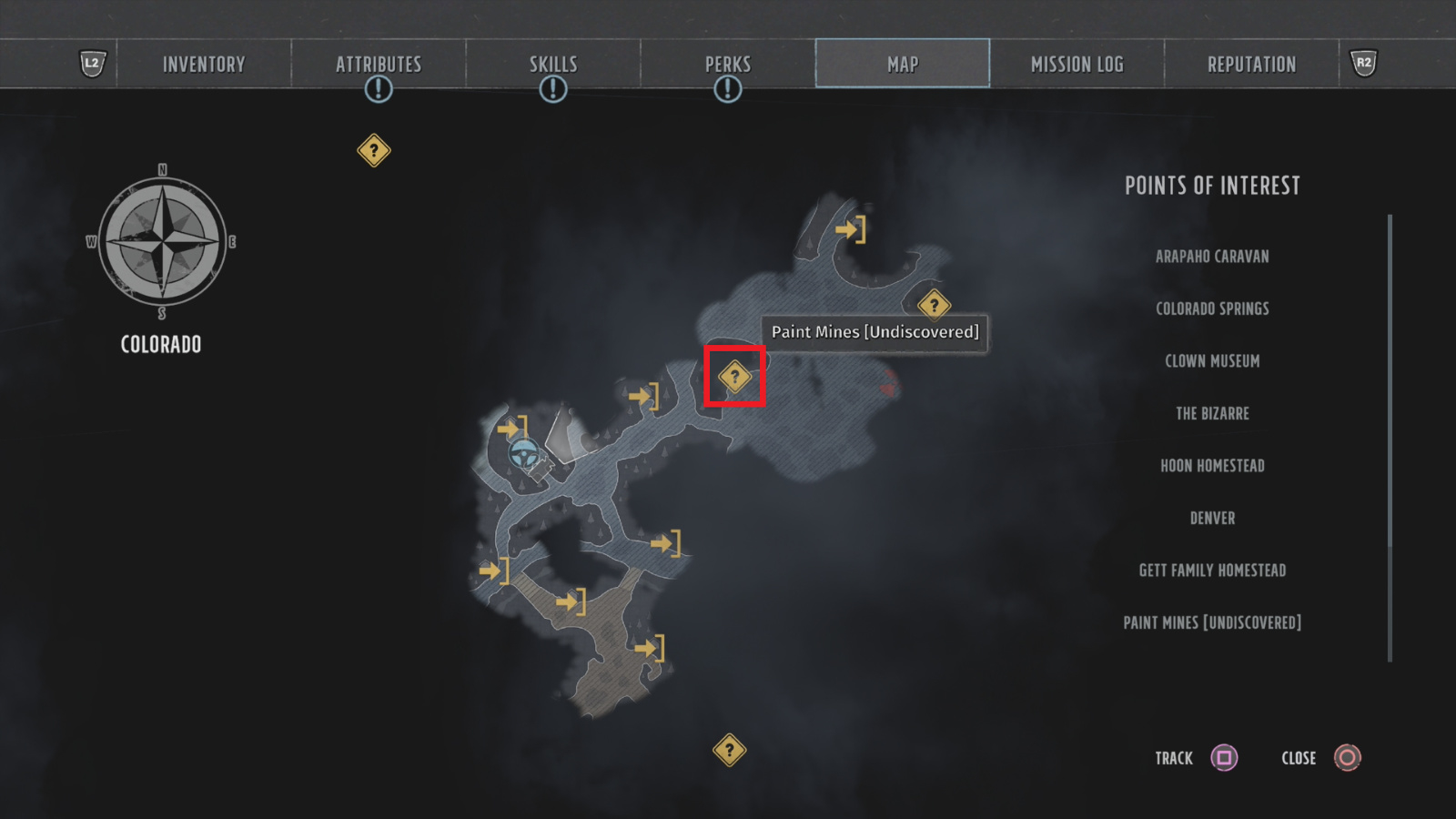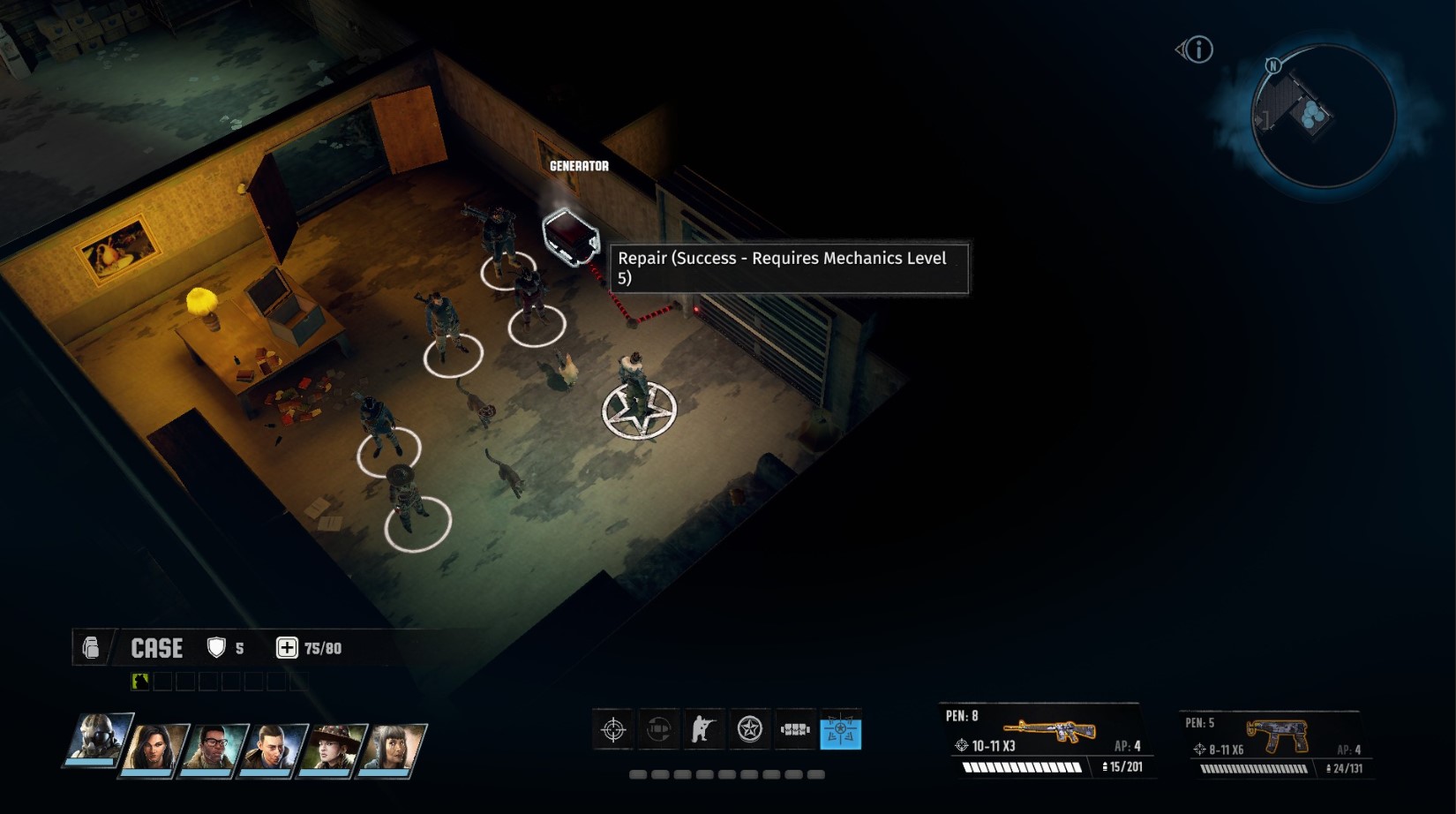

TV, a 19-inch model, is designed for the kitchen, with a cooking timer and a magnetic remote control to stick on the fridge door.Īs L.C.D.
Frank pappas wasteland 3 1080p#
Toshiba’s 46-inch 1080p thin-bezel model, for example, is $200 more than its standard-width sibling.Īt the other extreme, Sharp’s smallest Aquos-brand L.C.D. The svelte sets are easier to hang on the wall, said Bob Scaglione, Sharp’s vice president for marketing. The company contends that the D64 series, its least expensive 1080p sets, are also the industry’s thinnest depth is decreased by 25 percent compared with its other models. Similarly, Sharp’s 42-inch thin model takes up the space of a standard 40-inch set. The company’s current models use a one-inch bezel, so that its 46-inch model can fit in the space for a standard-size 40-inch set, said Frank DeMartin, a marketing vice president at Mitsubishi. Mitsubishi has cut the frame width of all its L.C.D. To help squeeze more pixels into fewer inches, many manufacturers are creating thinner-framed models. Consumers may lack wall space or may be using an armoire meant for a traditional squarish picture-tube TV. Plasma models are even cheaper, with typical 42-inch models under $1,000, a drop of $500 from last Christmas.Īs sets get bigger, they bump up against a limiting factor: available space. technology can now be found for $1,000, down from $1,300 last year.
Frank pappas wasteland 3 720p#
Young of DisplaySearch, 42-inch TVs using 720p L.C.D. “You should not rule out a set that uses 720p but gets everything right.”Īccording to Mr. “This is to TVs what megapixels are to digital cameras,” he added.

Sharp, for instance, sells 32-inch sets with 1080p resolution in 2008, Toshiba will do the same with its 32- and 37-inch models, even though, according to Paul Reynolds, electronics editor for Consumer Reports, “sets 50 inches and up are when you will see a potential picture difference with 1080p.” It is those larger sets that allow 1080p technology to shine, but manufacturers offer 1080p in smaller models, too, as a way to raise prices and profits.

Sony has increased the number of 40-inch and larger models that it sells to 17 in 2007 from 11 last year. “As soon as you get a bigger set, you get used to the size.” has been driving performance for us,” he said. “Over the past four or five weeks, our 52-inch L.C.D. Randy Waynick, a senior vice president for marketing at Sony Electronics, says the strategy is to go bigger. sales,” said Tamaryn Pratt, principal of Quixel Research, which analyzes the industry. “Last quarter, 1080p sets outpaced everything else in L.C.D.

Whether consumers know what 1080p is or not, they know they want it. (Broadcast and cable channels do not transmit in 1080p, so their images are “upconverted” when shown on these sets.) Increasingly, pricier HDTVs offer 1080p resolution, creating the sharpest possible images when paired with accessories like high-definition DVD players. We don’t know how big this phenomenon will get.”Īnd as screens become bigger, they are also becoming sharper. “Two years ago, 25 percent of our TVs were 50-inch models. “We are selling as many 50-inch plasma TVs as 42-inch models,” said Jeff Cove, Panasonic’s vice president for technology and alliances. and plasma screens, the kind once seen only in bulky projection TVs installed in the finished basements of suburban homes, are becoming part of the mainstream urban landscape. While TVs in the 30- and 40-inch range remain the dominant sellers, bigger L.C.D. “Definitely, 50- or 46-inch screens are the new 40,” said Ross Young, president of DisplaySearch, a television research firm. This shopping season, the makers of plasma and liquid crystal display flat-screen televisions are pushing new models with screens that measure 50 inches or more, have higher resolution and perhaps most important, come with ever lower prices. AT 50, can you be thinner, sharper and more popular than you were at 40? When talking about the size of television sets, electronics manufacturers say the answer is yes.


 0 kommentar(er)
0 kommentar(er)
